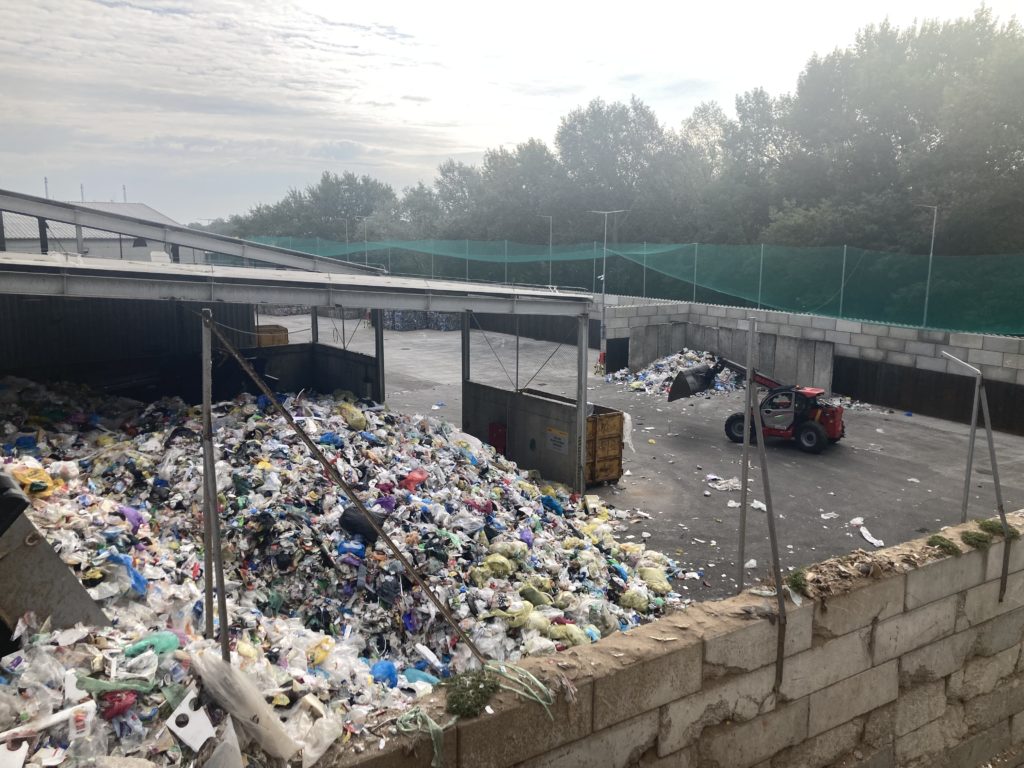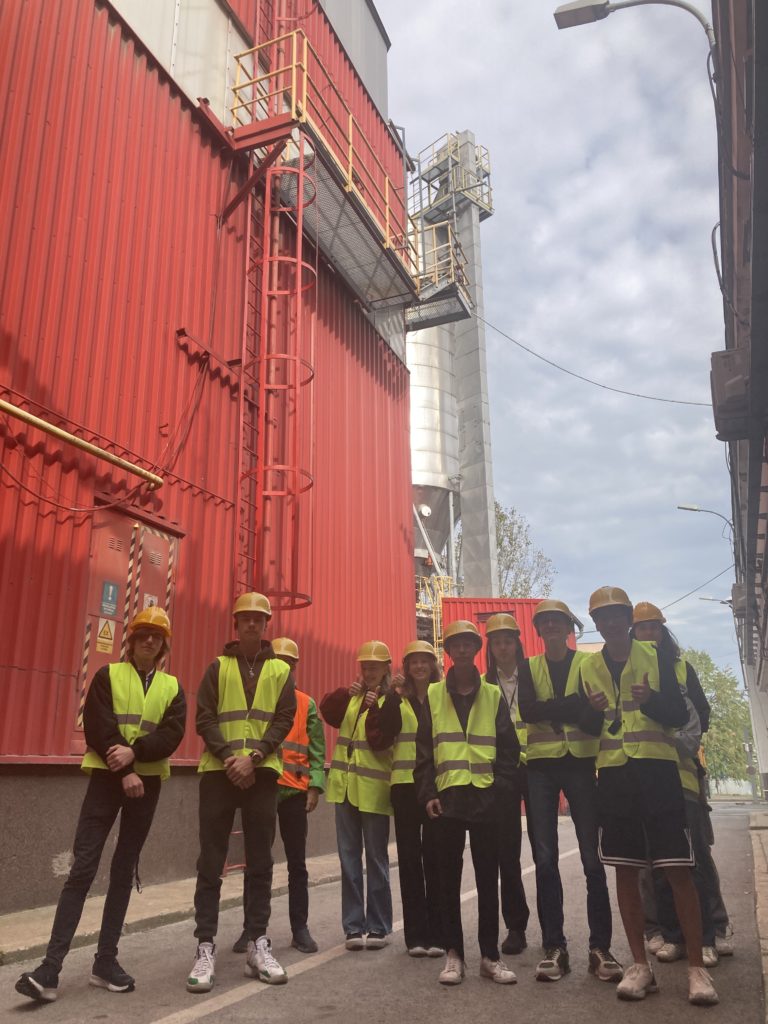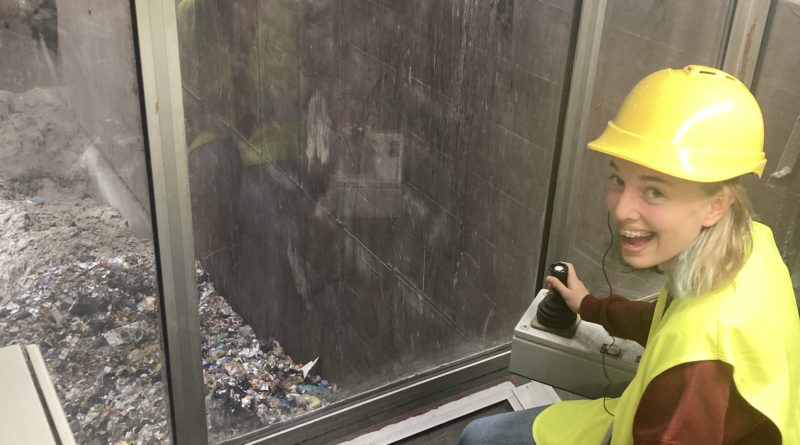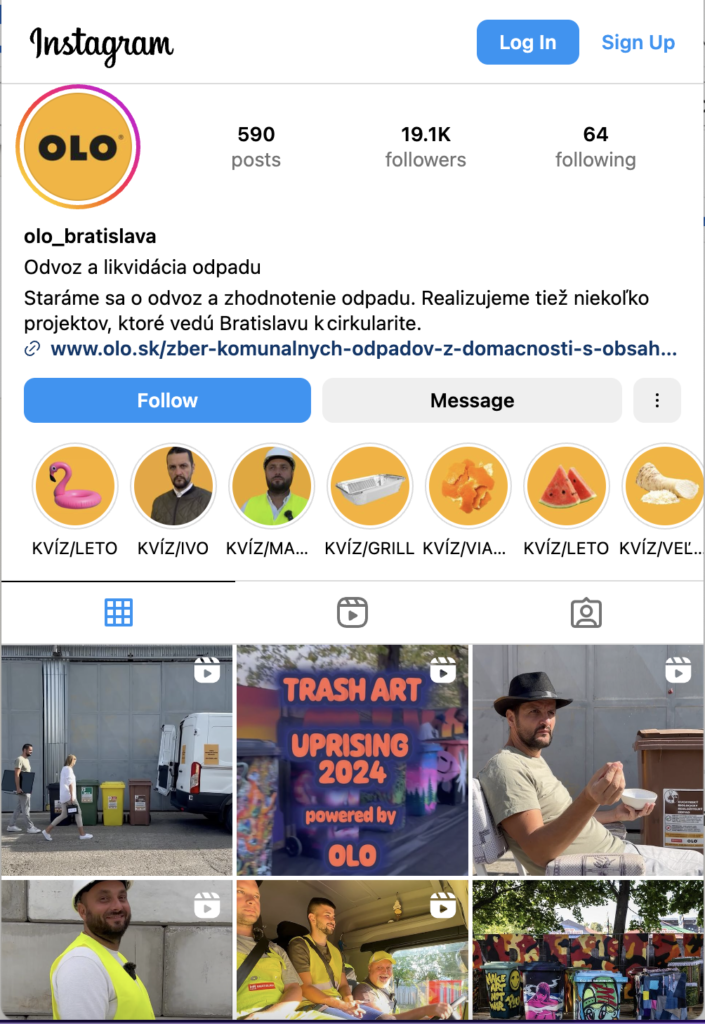Should We Really Separate Waste?
Don’t all the separated garbage bags end up in the same place anyway? No, they don’t!
This week with Year 11 and 12 students we went to Bratislava Waste Management Company OLO to learn about waste management and the Incinerator facility.
What did we learn?
IT IS IMPORTANT TO SEPARATE WASTE 🙂
- It is essential to separate glass (Green container), metals (Yellow containers) and paper (Blue containers). These materials are the easiest and cheapest to recycle. Glass and metal can be recycled basically infinitely.
- It is essential to separate kitchen waste (Brown container). If you put it into general waste Black container it makes the rest of the waste more wet and therefore harder to burn in the incinerator. Properly separated kitchen waste goes to Biograda facility in Horný Jatov, where they use it to create electricity, bio gas and compost for agriculture.
- It is important to separate plastic. From Bratislava it is transported to neighbouring countries where it can be recycled. The disadvantage of plastic is that it can be only recycled 5 times. It is not needed to rinse your plastic waste and if you can try to avoid plastic at all. There are many shops who offer their products without a plastic packaging. Some African countries have banned plastic bags.
- The deposited bottles from supermarkets are transported to Germany, where they are recycled.

What happens with the general waste from the black container?
It is burned in the incinerator to produce electricity, hot running water and heat for Bratislava households.
Is there a lot of pollution from the incinerator?
No. There is a wide range of chemical and physical processes in order to ensure that the air is not polluted. The incinerator reduces the volume of waste to 20%. The residues are slag, fly ash and flue gas. Due to legislation the slag is now taken to land fills as it does not contain any dangerous chemicals. After the legislation is changed in Slovakia, slag can be used for building roads as in Western European countries. Fly ash is taken through various processes and then stored in special land fills.
If you want to know more about separation and recycling in Bratislava you can follow OLO on Instargram and learn from their funny videos in Slovak.
https://www.instagram.com/olo_bratislava/?hl=en






